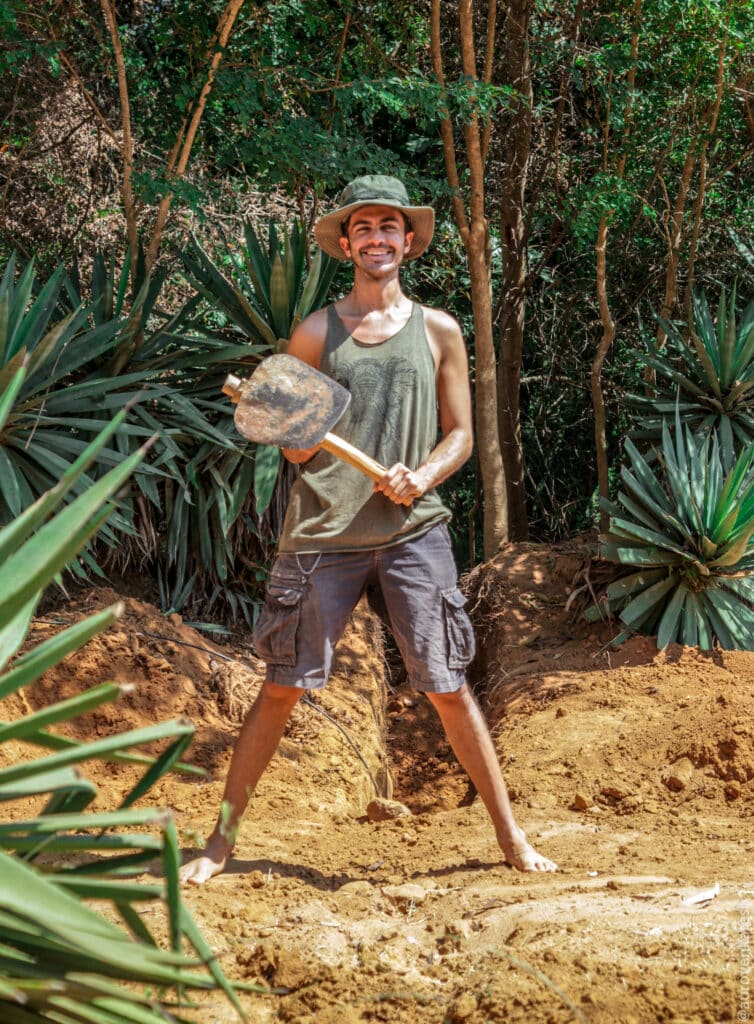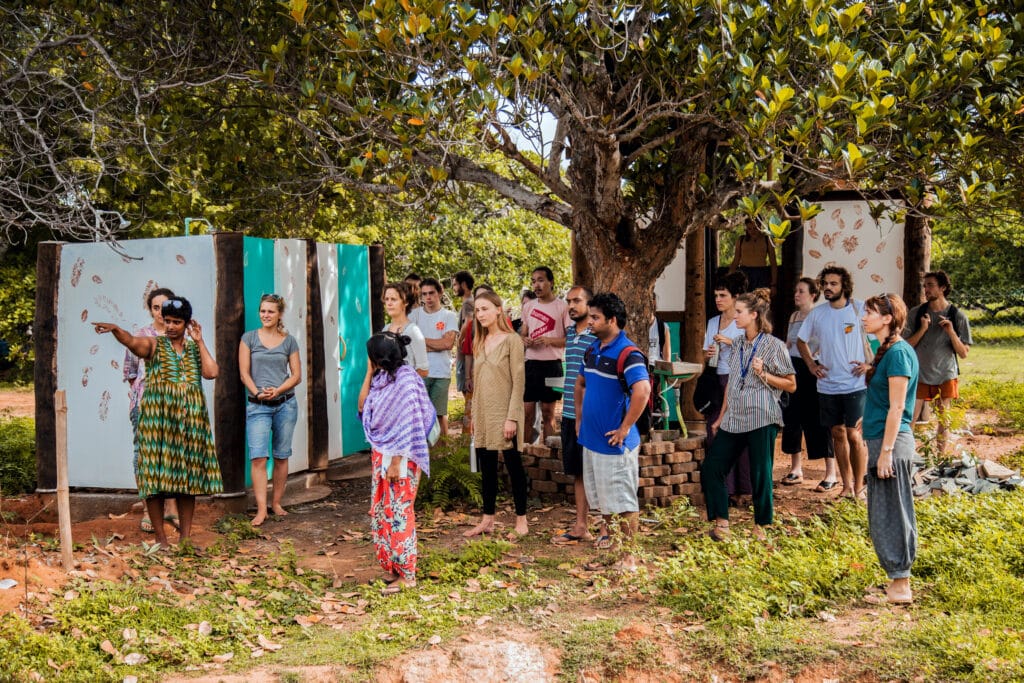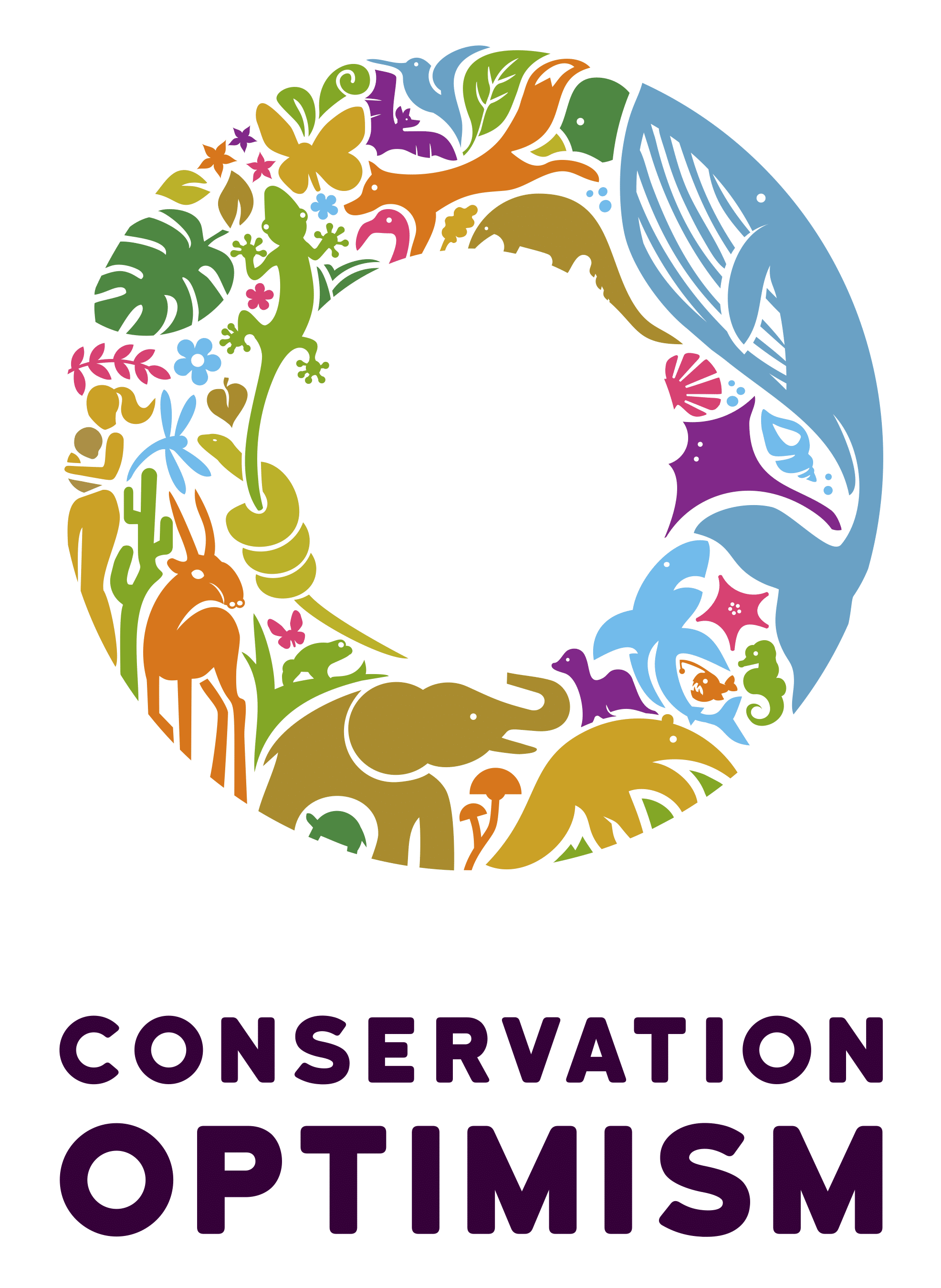Just a few years ago, the land we now call home was unrecognisable—an arid, eroded landscape, devoid of life. It was hard to imagine that this barren terrain could one day transform into a thriving ecosystem. But as the first saplings took root and water catchment systems were introduced, something remarkable happened: life returned. Today, what was once a desolate space has become a lush, regenerating ecosystem teeming with biodiversity. Our journey has been one of resilience, learning, and optimism.
A Community-Led Approach to Regeneration
The JOI Anitya Project, established in 2017, was never strictly a conservation initiative. It was envisioned as a sustainable living campus—a space to showcase regenerative practices such as natural buildings (e.g., rammed earth, wattle and daub), water conservation, renewable energy, agroforestry, and ecological restoration. Our aim was to create a self-sustaining model that could support both people and nature, fostering harmony between human communities and the environment.
Located within the larger 3,930-acre Auroville afforestation initiative, our project is part of a decades-long effort to restore what was once a thriving Tropical Dry Evergreen Forest (TDEF)—an ecosystem which was once home to elephants, tigers, and diverse wildlife. Centuries of deforestation had left the land degraded, but through sustained restoration efforts, we are witnessing a slow but promising revival.
The transformation began with capturing monsoon rains that previously eroded the barren landscape, redirecting and storing water to regenerate the soil. The next step involved planting trees, including native species and organic crops, to restore biodiversity and improve land fertility. With initial regeneration underway, funding was secured to establish educational spaces built using natural materials such as rammed earth, wattle and daub. As the project evolved, additional trees were planted to support pollinators and enhance ecosystem resilience. This progress was made possible through the collective efforts of over 400 volunteers and collaborations with experts from organisations such as the Earth Institute, Pitchandikullam Forest, Sadhana Forest, Fertile Forest, and others.

A successfully created water pond, designed by Dutch expert Kirit, who has over 30 years of experience in water conservation. This technique helps refill the three underground aquifers and supports vegetation regeneration.
Biodiversity Making a Comeback
In just six years, our small but dedicated efforts have yielded significant results. The once barren land is now a habitat for a variety of species. Sunbirds, bee-eaters, woodpeckers, and kingfishers now flutter through the trees, while snakes, mongooses, gerbils, frogs, and pollinators have returned to reclaim their space. Notably, elusive species such as the near-threatened Grey Slender Loris and the small Indian Civet Cat have been spotted, using our land as a stepping-stone for movement across the fragmented landscape.
These signs of recovery remind us that local action matters. Even small-scale conservation and restoration efforts can create meaningful ecological impact, especially when they contribute to broader connectivity in the landscape. However, we are also acutely aware of the fragility of these gains. Policy changes, development pressures, and shifts in governance can all pose significant challenges to long-term conservation success.

Andres digging trenches for water catchment, a key technique aiding land regeneration and supporting the establishment of pioneer vegetation.
Conservation and Well-being: A Holistic Approach
At JOI Anitya, we believe that human well-being and ecological health are deeply intertwined. This understanding, supported by research such as the Millennium Ecosystem Assessment, has shaped our approach to sustainability. Beyond ecological restoration, we integrate personal well-being practices such as yoga, mindfulness meditation, holistic coaching, art therapy, and community-building initiatives.
Our goal is to create a space where people can reconnect not only with nature but also with themselves. A balanced inner life leads to better care for the planet. When individuals experience the benefits of nature firsthand—whether through walking in a forest, practising yoga outdoors, or simply observing the return of wildlife—they develop a deeper commitment to environmental stewardship.
Investing in Future Generations
We also recognise that conservation and sustainability efforts must be rooted in community engagement. Over the years, we have worked to build strong relationships with local stakeholders, understanding their needs, concerns, and aspirations. One of our most impactful initiatives has been the creation of a bamboo classroom, where we hosted an after-school programme for vulnerable (lower caste) local children for five years. This initiative, run in collaboration with an experienced non-profit, focused on education, resilience-building, and empowerment. The after-school programme ran for 5 years from Monday to Friday, from 6:30 to 8:30 PM, providing a supportive learning environment both outdoors and within the bamboo classroom. The sessions included English lessons, homework support, music, chess, yoga, art, and environmental education, among other activities. The programme aimed to foster creativity, critical thinking, and personal development while offering a safe and inclusive space for vulnerable children. This initiative was an excellent way to bridge our relationship with local communities based on our belief that the weight of conservation isn´t just about saving trees or counting species—it is about people, about justice, about a world where progress should not come at the cost of destruction.
By fostering environmental awareness among younger generations and providing them with tools for resilience, we hope to nurture future stewards of the land—individuals who will carry forward the values of sustainability, restoration, and coexistence.

An international group of students participating in a one-month training programme on sustainable solutions, ecology, and human Permaculture
Reasons for Optimism
Despite the challenges, we remain hopeful about the future of conservation. The return of biodiversity, the strengthening of community ties, and the growing awareness of sustainability practices all reinforce our belief that positive change is possible.
Our experience has shown us that conservation is not just about protecting species—it is about creating environments where both people and nature can thrive. It is about recognising the intricate connections between ecology and well-being, and embracing a holistic approach that considers both.
As we move forward, we remain committed to sharing our learnings, strengthening partnerships, and advocating for regenerative practices that can be replicated in other landscapes. We hope that our story can serve as an inspiration for others looking to embark on their own journeys of ecological restoration and conservation.
For more about our work, visit our website or reach out to us—we would love to connect and collaborate!


